Crafting unique items for your character is a joy and a challenge in Dungeons & Dragons. Crafting allows for unique customization options and gives players the opportunity to put their own spin on familiar pieces of equipment. Designing and forging your own set of armor is one of the most rewarding ways to implement this system.

Related
Dungeons & Dragons: How To Build A Defensive Bastion
Here’s how to build a defensive bastion in D&D!
But, just how should players go about crafting suits of armor? The process can vary depending on whether or not you want to make a unique set of armor for yourself or are basing your design on something that already exists. This guide covers everything you need to know to craft any type of armor your heart desires.
What Are The Basic Rules Of Crafting?
Before diving into armor specifically, it’s important for either a DM or a player to understand the basics of crafting. In essence, there are three main things to keep in mind when it comes to crafting.
- Tools – You need certain tool sets in order to craft items in Dungeons & Dragons. For armor, this usually means Leatherworker’s Tools, Smith’s Tools, or Weaver’s Tools.
- Raw Materials – These are the types of components or other materials that form the base of the item you’re crafting. For armor, this typically means things like hide or steel.
- Time – Crafting takes time and energy. You’ll need to make sure you have plenty of time to craft the item in question before setting out.
These are the three prerequisites you need to craft items. Before setting out to craft an item, you’ll need to work with your DM to determine if you meet these prerequisites.
As a DM, you can determine whether the right raw materials are available to the player. If you’d prefer to roll for it, roll on a d20. If your players are in a large city, 6+ on a d20 means the proper materials are available. If your players are in any other settlement, 16+ means the proper materials are available.
How To Craft Nonmagical Armor
The process for crafting nonmagical armor is simple. The first step is to determine what material your armor is made out of. This will help determine what type of tools are necessary to craft the armor you want.
What Tools Do You Need?
If you’re trying to craft a type of armor that already exists in the Player’s Handbook, consult the description of that armor to determine the type of tools needed. You’ll also need proficiency in those tools, or any checks you make with said tools won’t include your proficiency bonus.
If you’re making unique or custom armor, work with your DM to determine the appropriate tools based on the material of the armor. For reference, here are some examples of armor and the tools needed to craft each one.
|
Armor |
Amor Style And Look |
Materials |
Tools Needed |
Cost |
|---|---|---|---|---|
|
Padded Armor |
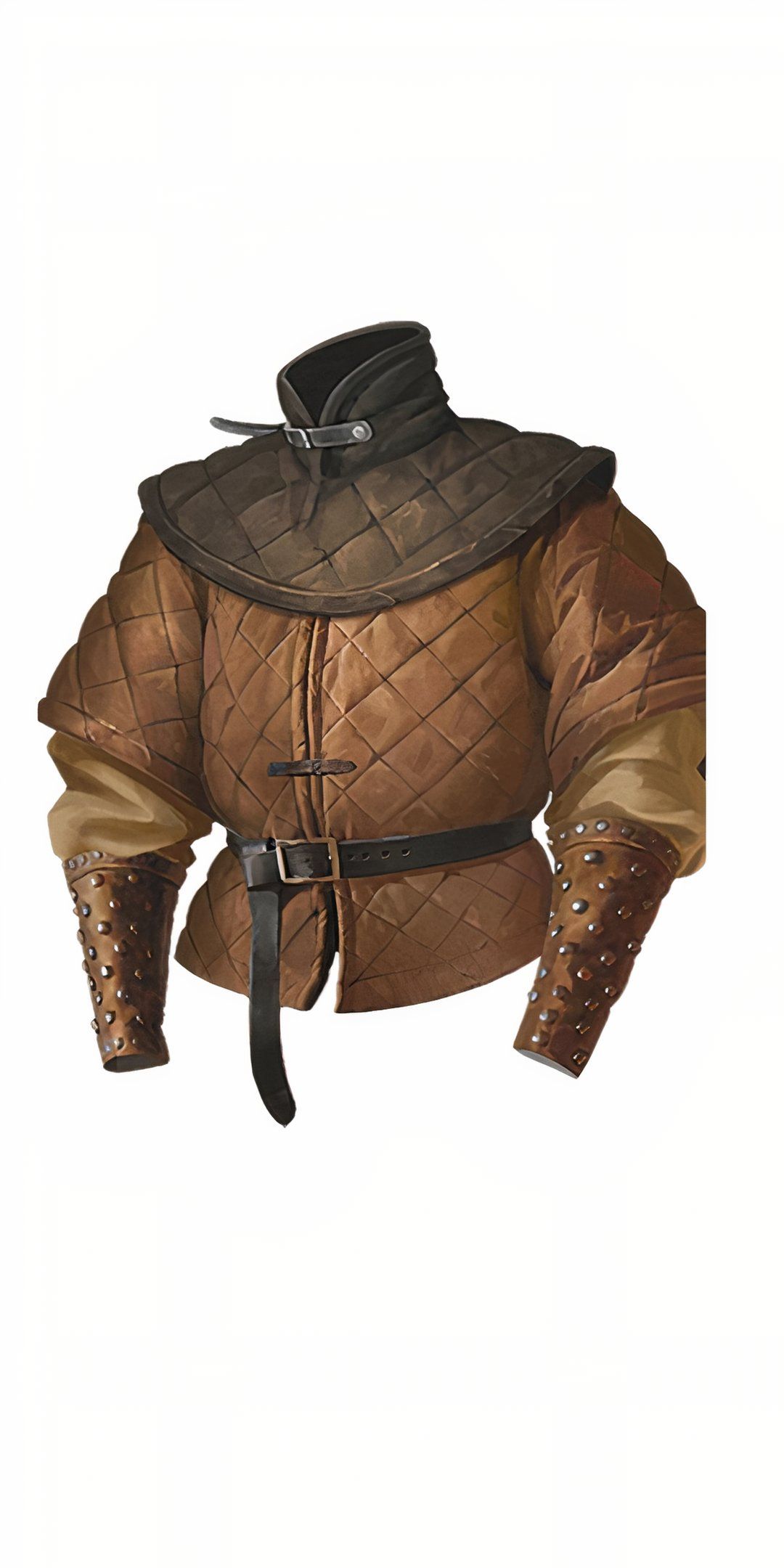
|
Cloth, Batting |
Weaver’s Tools |
5 GP |
|
Leather Armor |
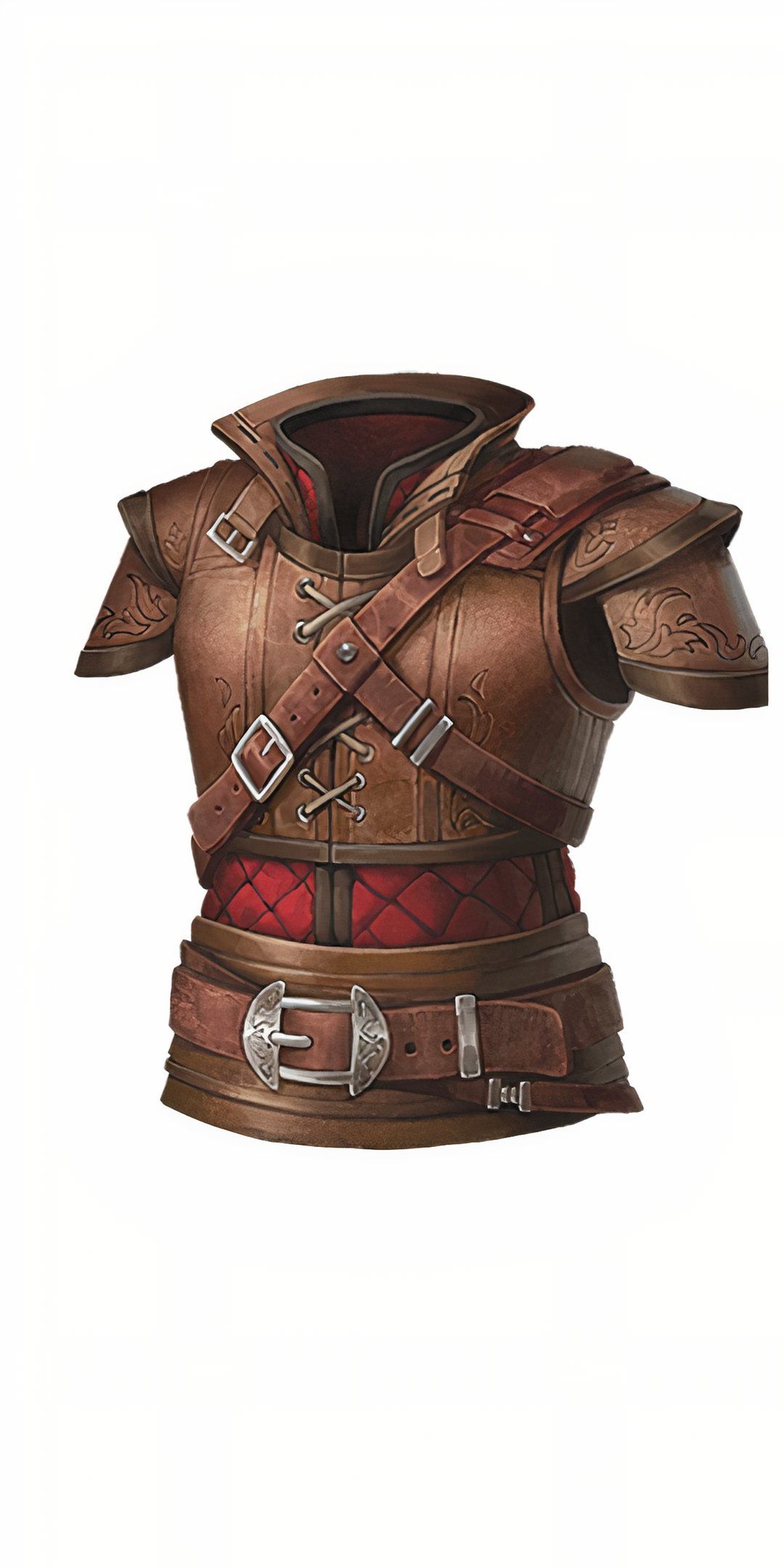
|
Leather |
Leatherworker’s Tools |
10 GP |
|
Hide Armor |
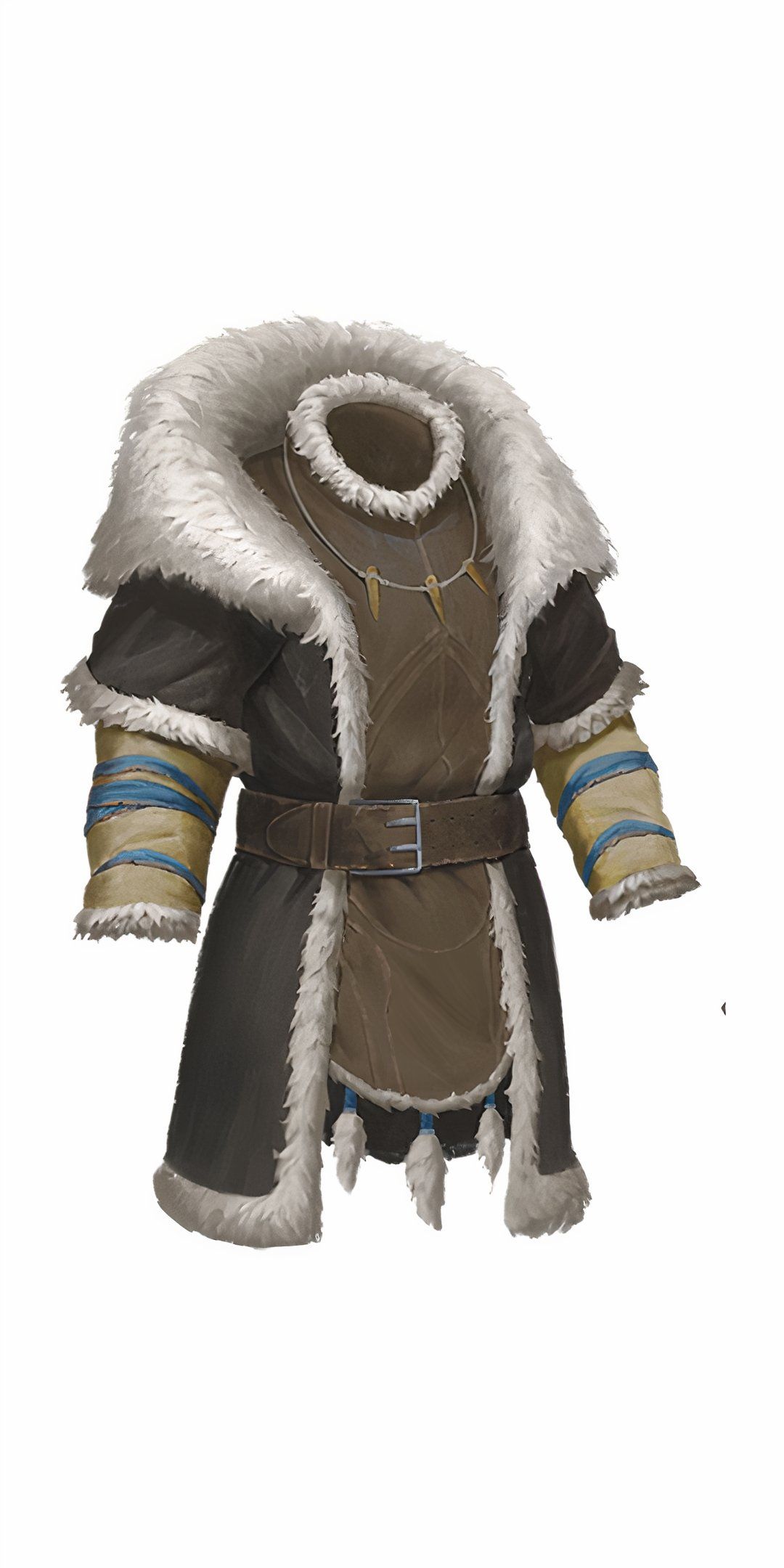
|
Furs, Pelts |
Weaver’s Tools |
10 GP |
|
Scale Mail |
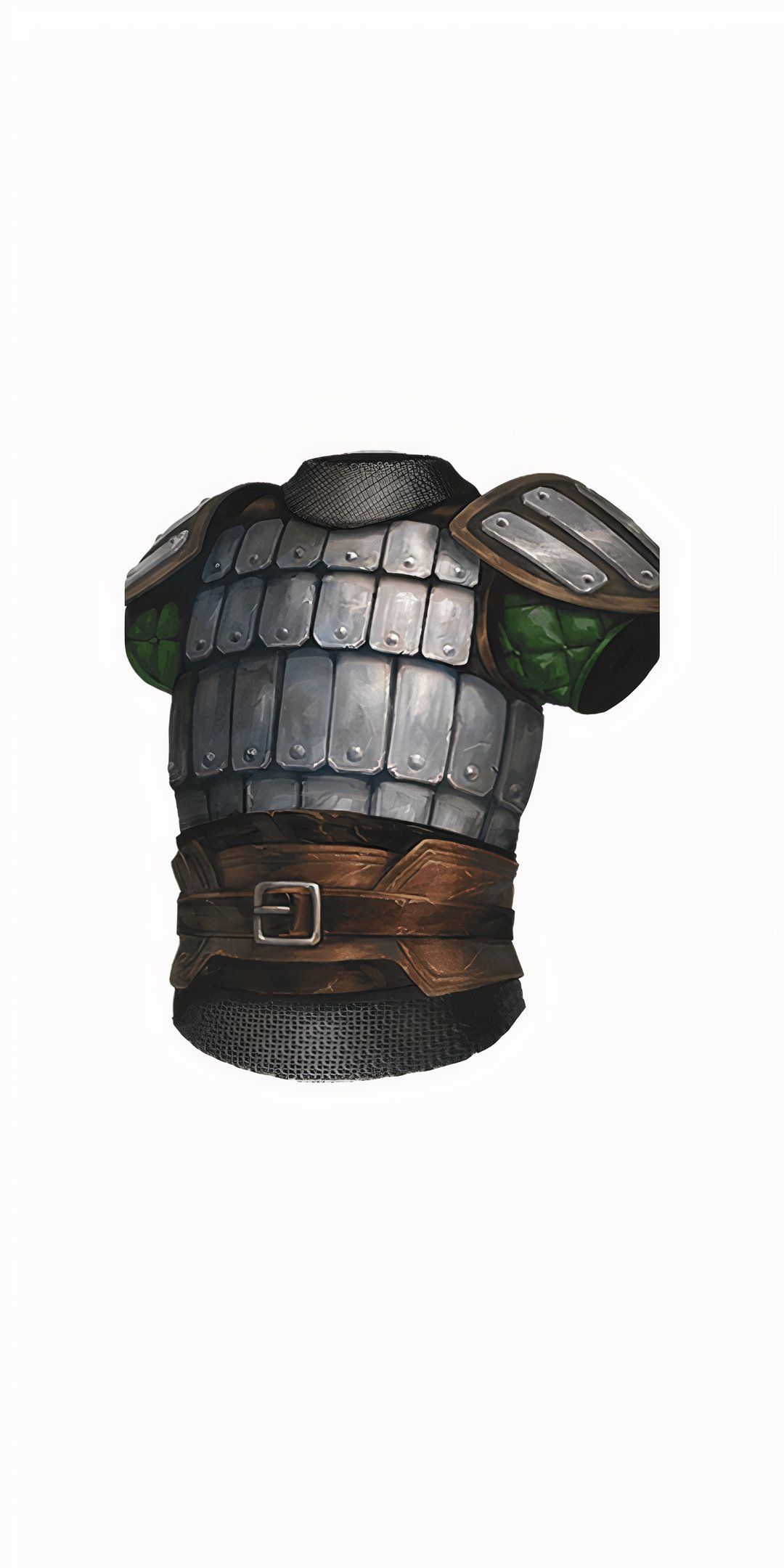
|
Leather, Metal |
Leatherworker’s Tools, Smith’s Tools |
50 GP |
|
Chain Mail |
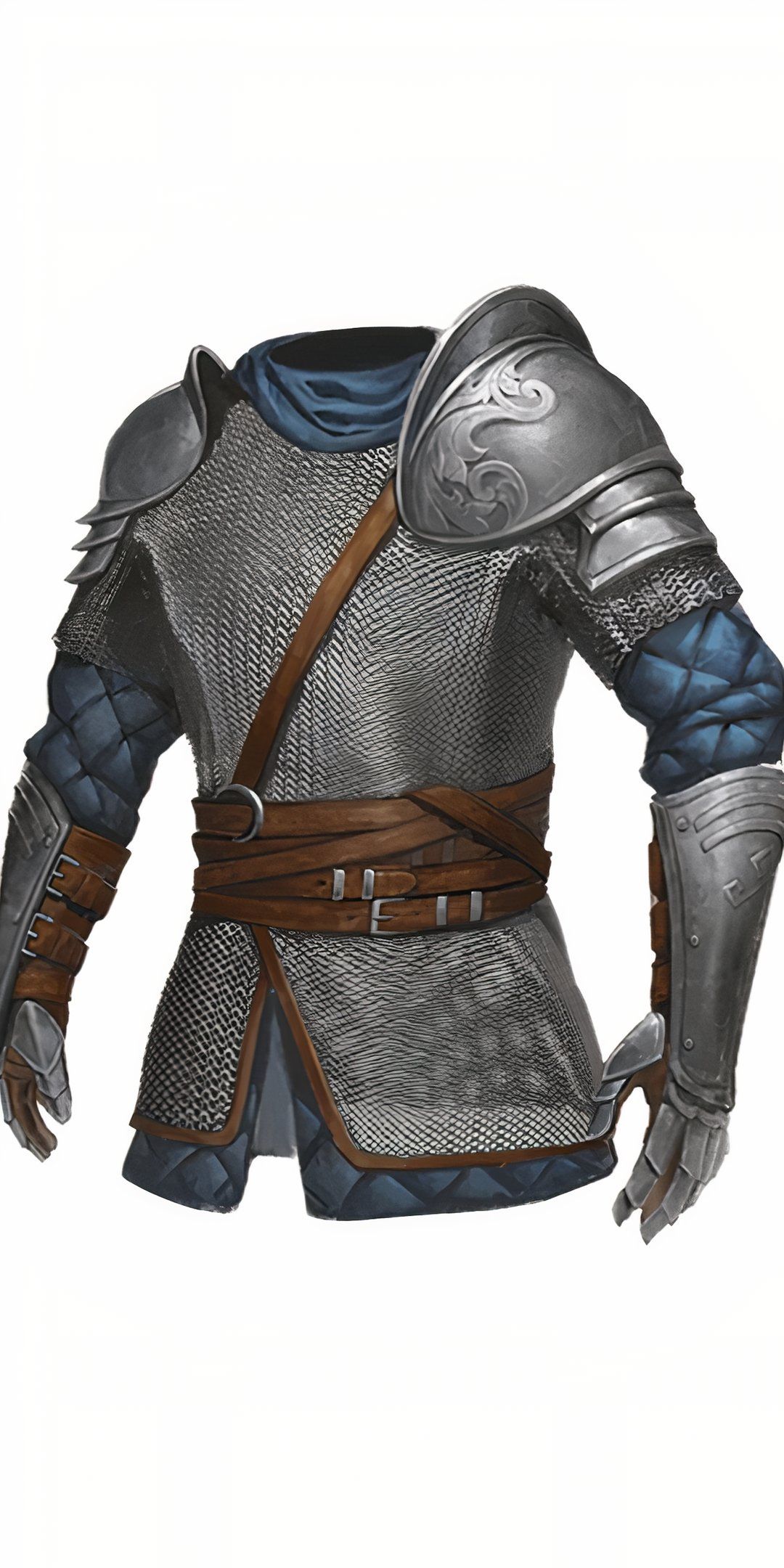
|
Quilted Fabric, Metal |
Weaver’s Tools, Smith’s Tools |
75 GP |
|
Plate Armor |
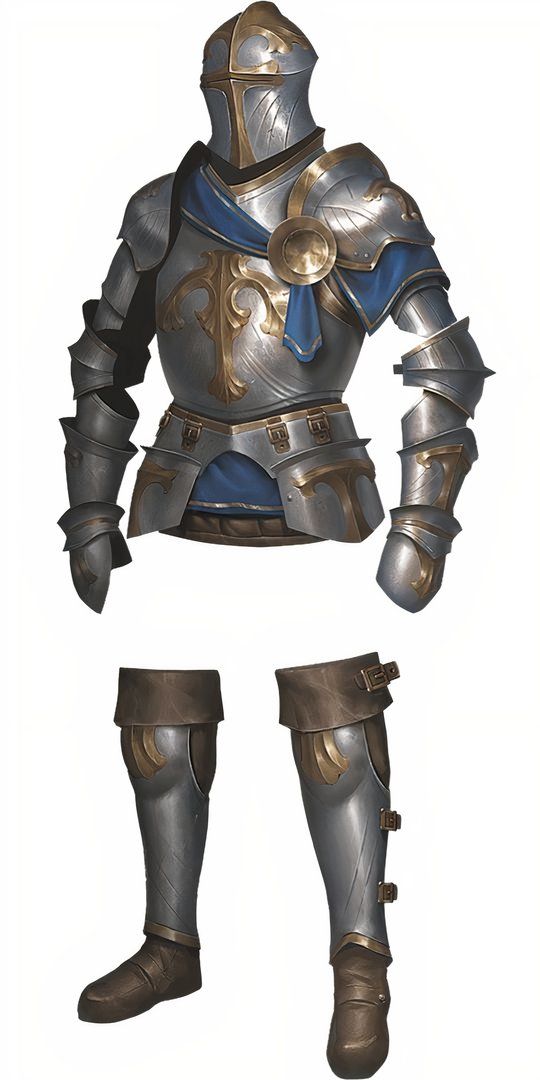
|
Leather, Metal |
Leatherworker’s Tools, Smith’s Tools |
1,5000 GP |
What Materials Are Necessary?
Once you’ve determined you have the proper tools, you must seek out the proper raw materials necessary. Calculating the raw materials needed is simple. You need raw materials worth half the purchase cost of the armor rounded down. See the below examples for reference.
- Breastplate – A breastplate costs 400 GP and is made of metal and leather, so the raw materials needed would be 200 GP worth of metal and leather.
- Half Plate Armor – A half plate is made of metal and worth 750 GP, so the player would need 375 GP worth of metal to craft.
How Much Time Will Crafting Take?
Next, you’ll determine the number of days necessary to craft the item. Assuming the character crafting the armor works eight hours a day, divide the purchase cost in gold pieces (GP) by 10 and round any fraction you get up to a full day. See the below examples.
- Breastplate – A breastplate costs 400 GP, so it would take 40 days to make.
- Half Plate Armor – A half plate costs 750 GP, so it would take 75 days to make.
The days you spend crafting need not be consecutive. Player characters can also team up and work on an item together to shorten the time necessary. You can divide the time needed to complete the item by the number of characters working on it.
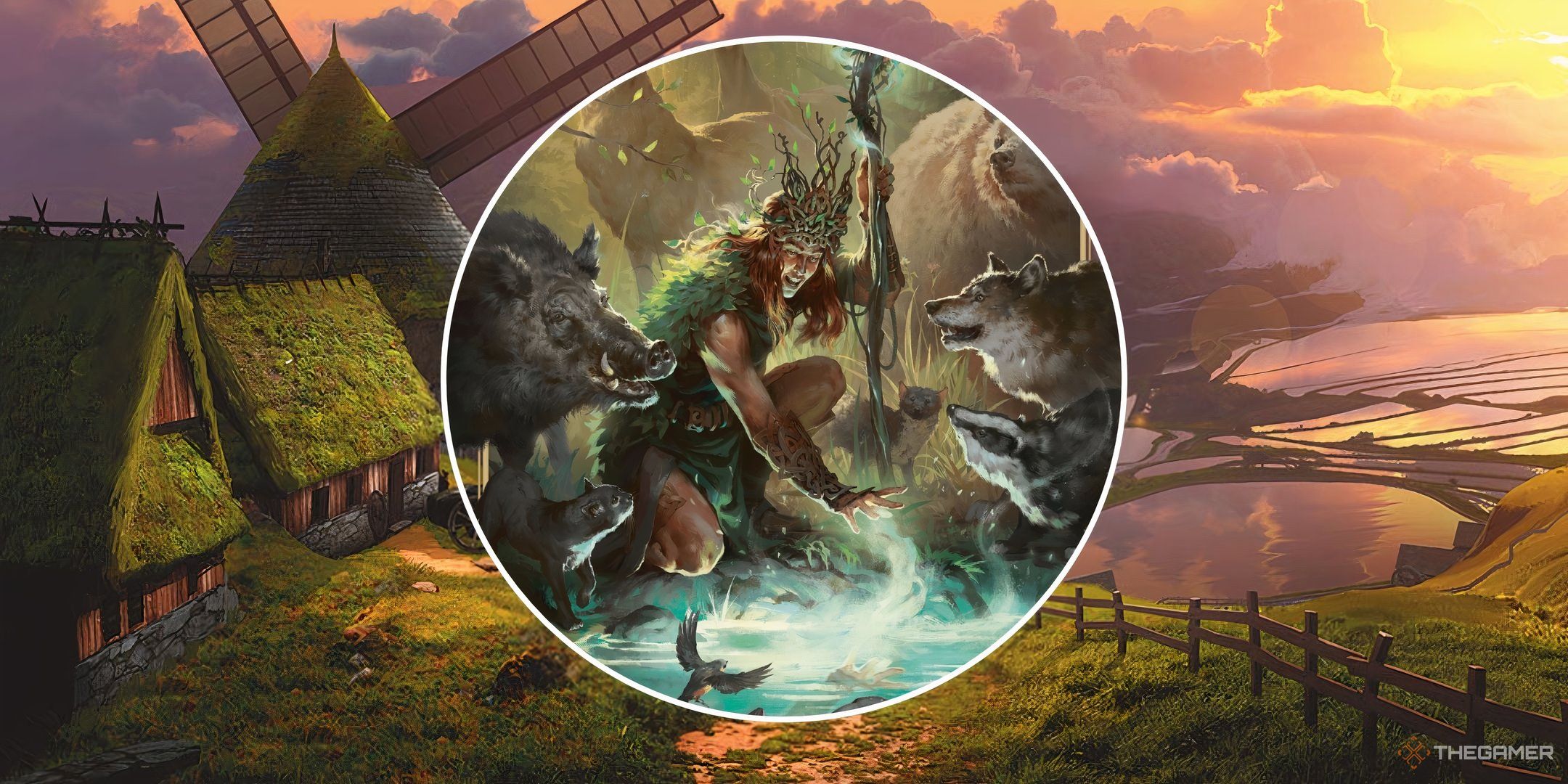
Related
Dungeons & Dragons: How To Incorporate Agriculture
It’s time to build your fantasy farm. Here’s how to use agriculture in your campaign.
How To Craft Magical Armor
If you’re interested in crafting magical armor, the process looks a bit different. You’ll still need to figure out if you have the right tools, raw materials, and time, but calculating some of these can vary depending on the item you’re trying to create.
Can You Craft Magic Armor?
Before beginning this process, there’s one key prerequisite you must meet. If you want to craft magic armor, you must have proficiency in the Arcana skill. Anyone who assists you in this matter must also be proficient in Arcana. With this in mind, your magic armor prerequisite checklist should look like this.
- Arcana Proficiency – Any characters working on the magic armor must have proficiency in the Arcana skill.
- Tools – You must still have either Weaver’s Tools, Leatherworker’s Tools, or Smith’s Tools and proficiency with these tool sets to craft the base armor.
- Raw Materials – As before, you need to make sure you have access to the raw materials for the base armor, and any other magical materials the DM deems necessary for the enchantment you’re creating.
If your armor is going to give you the ability to cast a spell from it, you must also make sure you know the spell and have it prepared each day you spend crafting the item.
How Much Time And Money Does Magic Armor Require?
Unlike crafting nonmagical armor, the process for determining time and cost for magic armor is based on item rarity as opposed to cost in gold. Consult the table below from the 2024 DM’s Guide to determine how much time and money your magic armor will take.
|
Item Rarity |
Time |
Cost |
|---|---|---|
|
Common |
5 days |
50 GP |
|
Uncommon |
10 days |
200 GP |
|
Rare |
50 days |
2,000 GP |
|
Very Rare |
125 days |
20,000 GP |
|
Legendary |
250 days |
100,000 GP |
If you’re not sure of the rarity of the type of armor you’re trying to make, talk to your DM. A good rule of thumb in determining rarity is to compare the effects of your magic armor to other magic armor sets available in the Dungeon Master’s Guide.
For example, if you’re crafting magic armor that gives you a buff towards a certain type of damage or magical effect, consider comparing it to the Armor of Resistance item available in the 2024 DM’s Guide, which is labeled as ‘Rare.’
Unless your DM disagrees, it’s also important to note that, in addition to the cost of crafting the magic item, you must also pay the entire cost or craft the base suit of armor before adding the magical effect. Consult the above nonmagical crafting rules for reference.
How To Bring Roleplay Into Crafting Armor
Whether you’re a DM or a player, you should also think about how to incorporate roleplay and narrative structure into the crafting process. As a DM, you should decide if you want your player’s character to make checks to determine how smoothly the crafting process goes. This can make for some fun roleplay moments along the way.
Additionally, if you’re a DM customizing a homebrew piece of armor for a player to discover, you should create a backstory and interesting details for your armor. Players should also work with their DM to give their crafted armor something extra.
What’s Your Armor’s History?
If you’re a DM gifting an ancient set of armor, magical or nonmagical, to a player, consider the history of the armor. Here are some examples of histories you can bestow upon the item.
- Ritualistic – Perhaps the armor was used in ancient druidic or divine ceremonies. This can be a great background for paladins or clerics seeking special Plate Armor.
- Storied – This armor set was used by a valiant warrior in a climactic battle from an age long past. It’s said those who don it are destined for greatness.
- Cursed – Consider whether this item may carry a dark curse, or be home to a magical, sentient entity that could corrupt the player’s character.
Chapter Seven of the 2024 DM’s Guide also offers tables to roll on to give your magic item or armor interesting backgrounds, details, and even minor magical properties.
What’s A Magic Item Quirk?
Lastly, if your armor is magical, consider giving your armor a quirk. This can be especially helpful if you’re requiring your players to make checks during the crafting process. A medium successful role could yield a quirk in the crafting process. Here are some examples of magic item quirks.
- Warming Presence – The armor, which comes from the Nine Hells, grants the wearer a warm sensation, keeping them comfortable in even the coldest environments.
- Necromantic Bane – When the wearer dons this cursed armor and sees their reflection in the mirror, their veins appear blackened and protrude from their skin.
- Light In Darkness – When in extremely dark areas, the armor glows slightly, allowing the wearer to gain darkvision.
From there, you’ll have everything you need to start crafting magic or nonmagic armor sets. Whether you’re a player or a DM, you should also consider homebrewing armor crafting rules that best suit your campaign and playstyle, as none of these rules need to be set in stone!
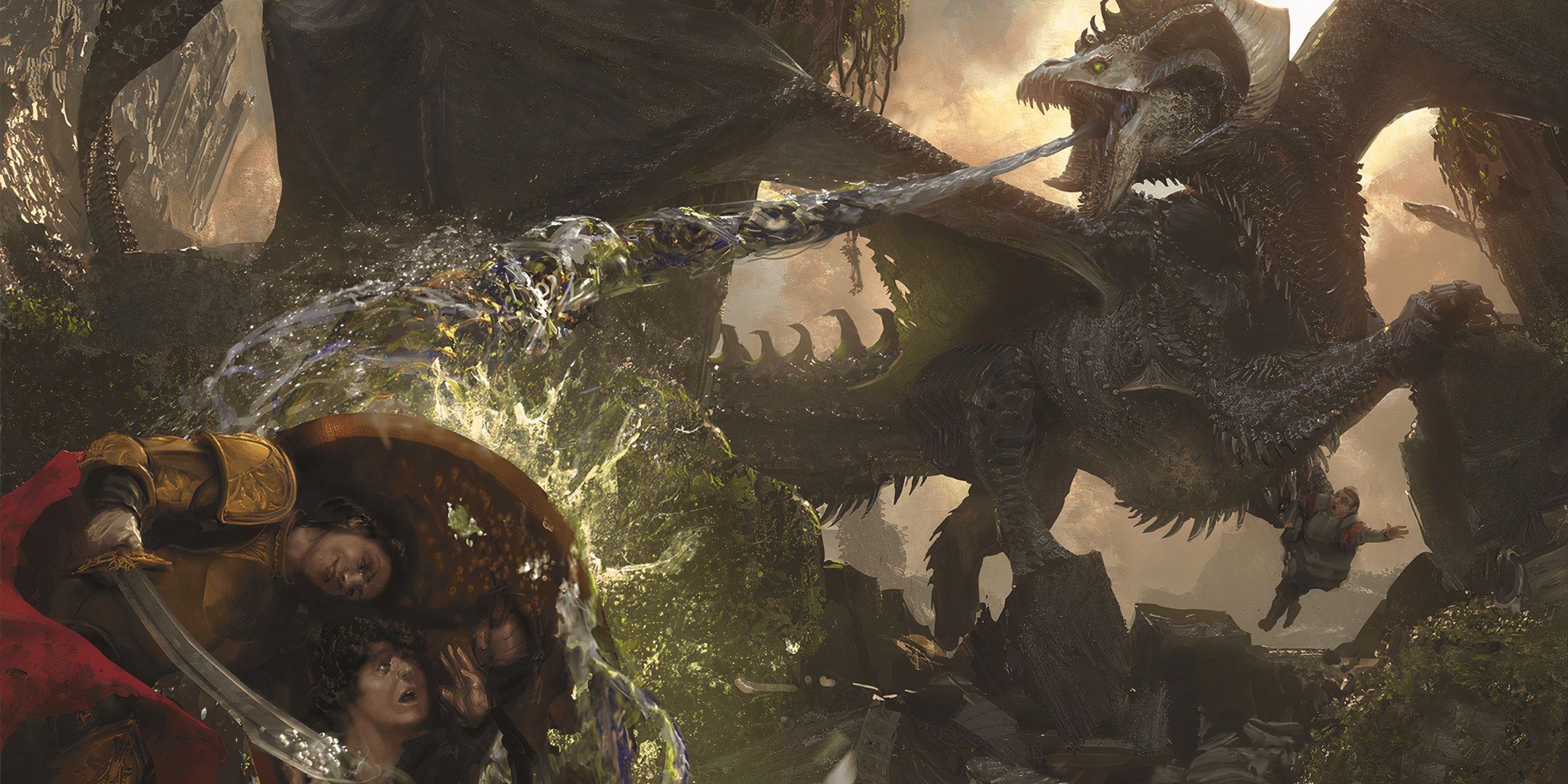
Related
Dungeons & Dragons: How To Create An Adventure Using The 2024 Dungeon Master’s Guide
If you’re new to being a DM in Dungeons & Dragons, you’re in luck: the 2024 Dungeon Master’s Guide can help you a lot. Check out these tips!
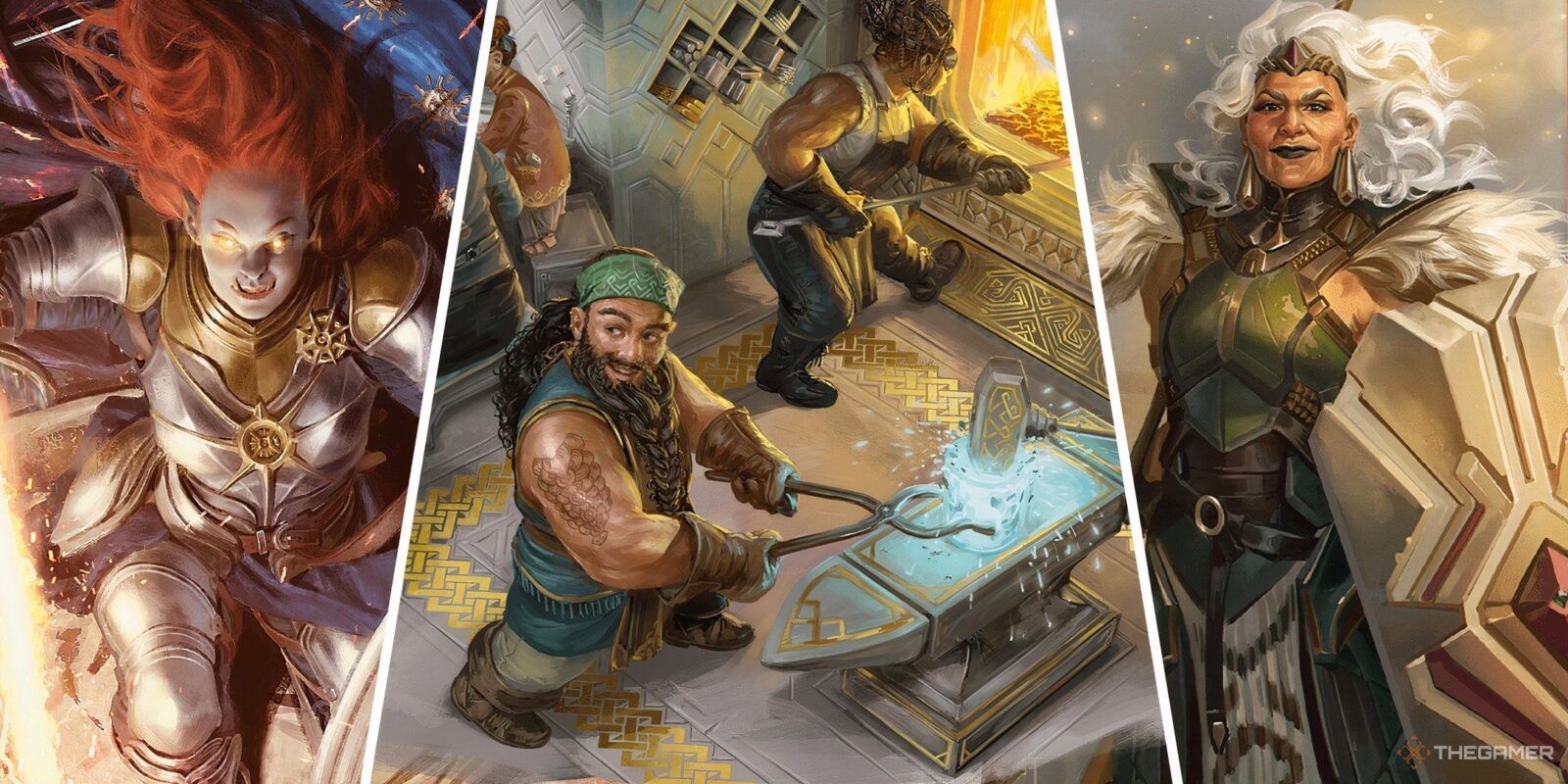

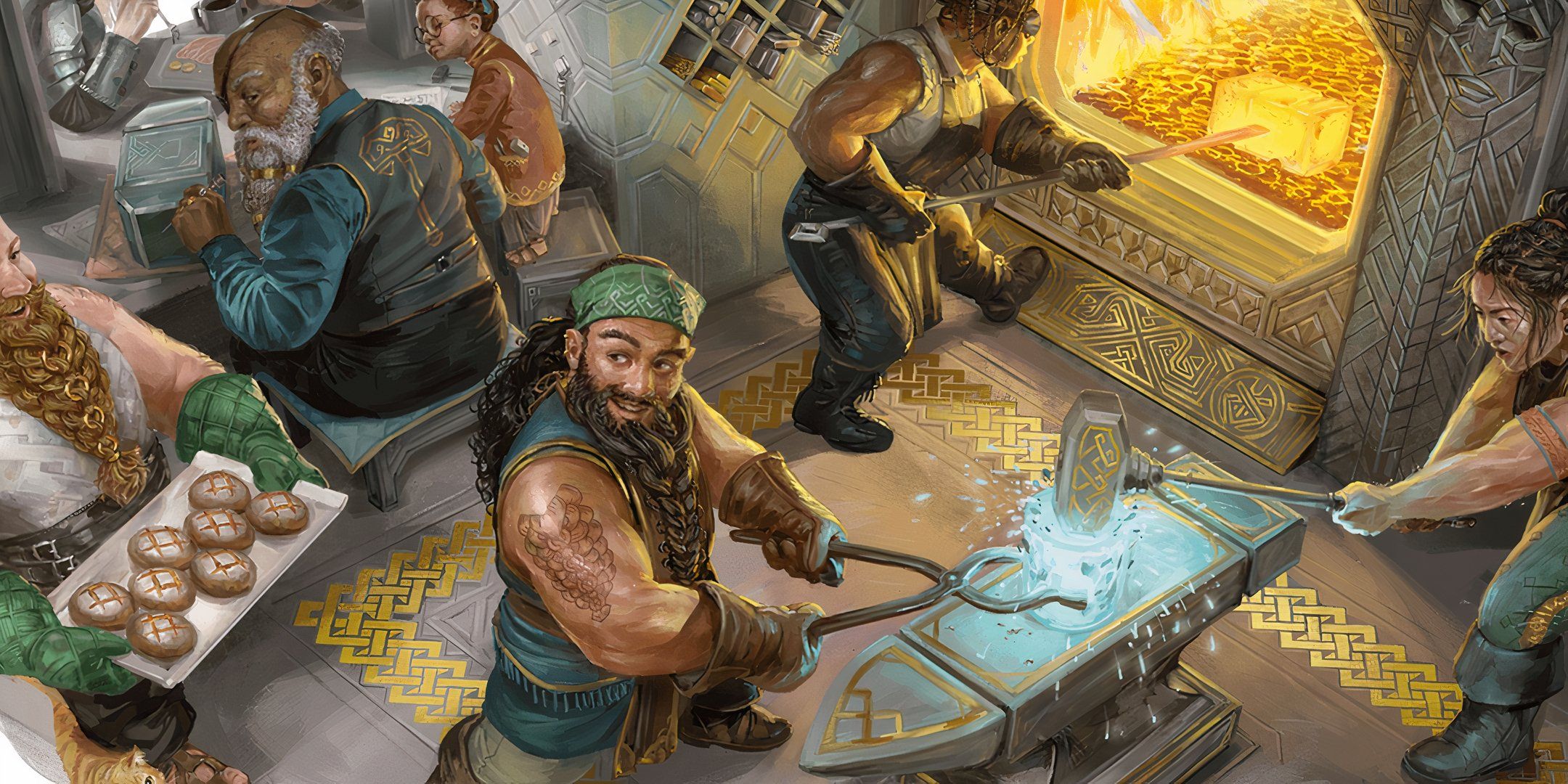
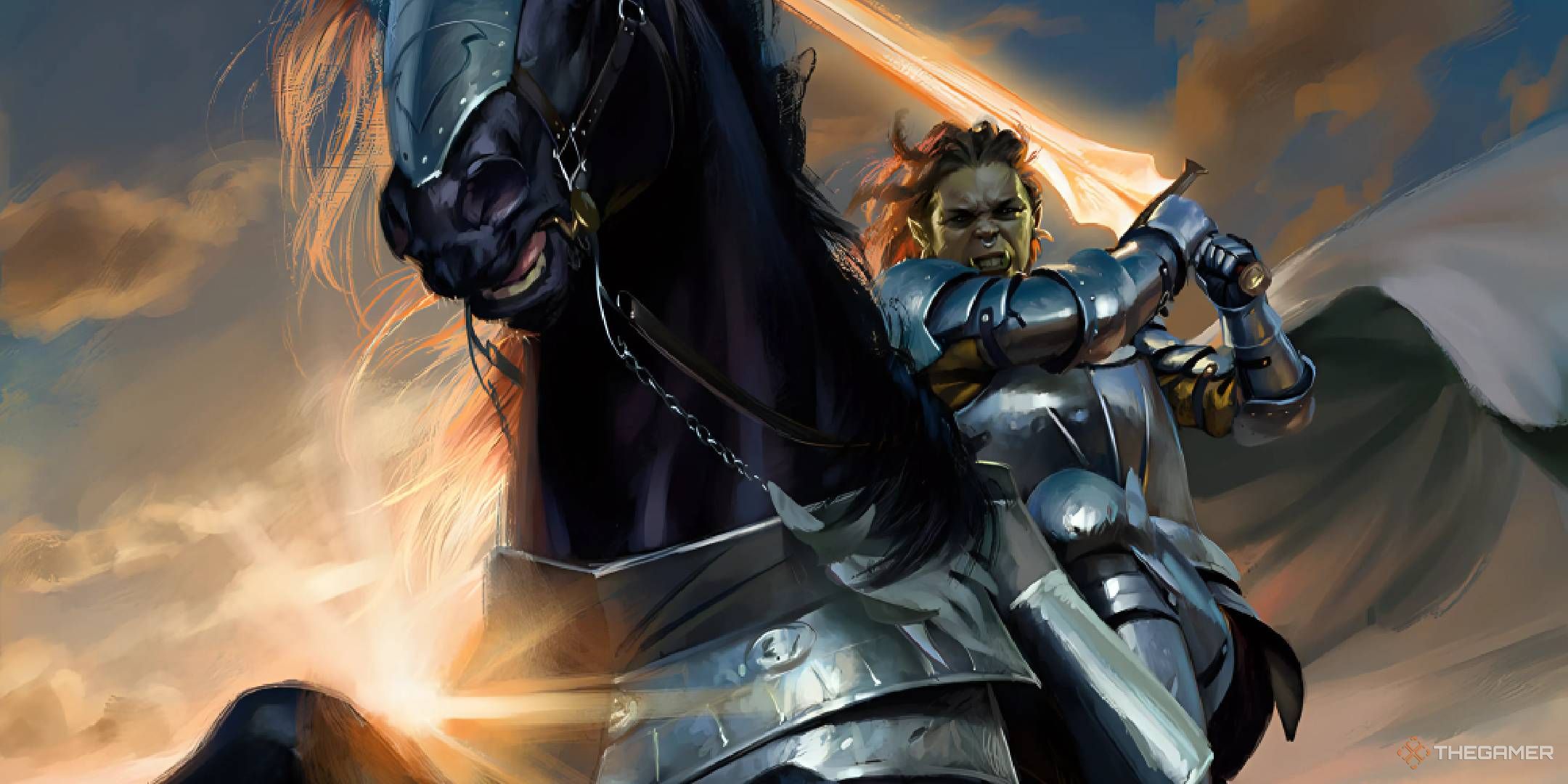
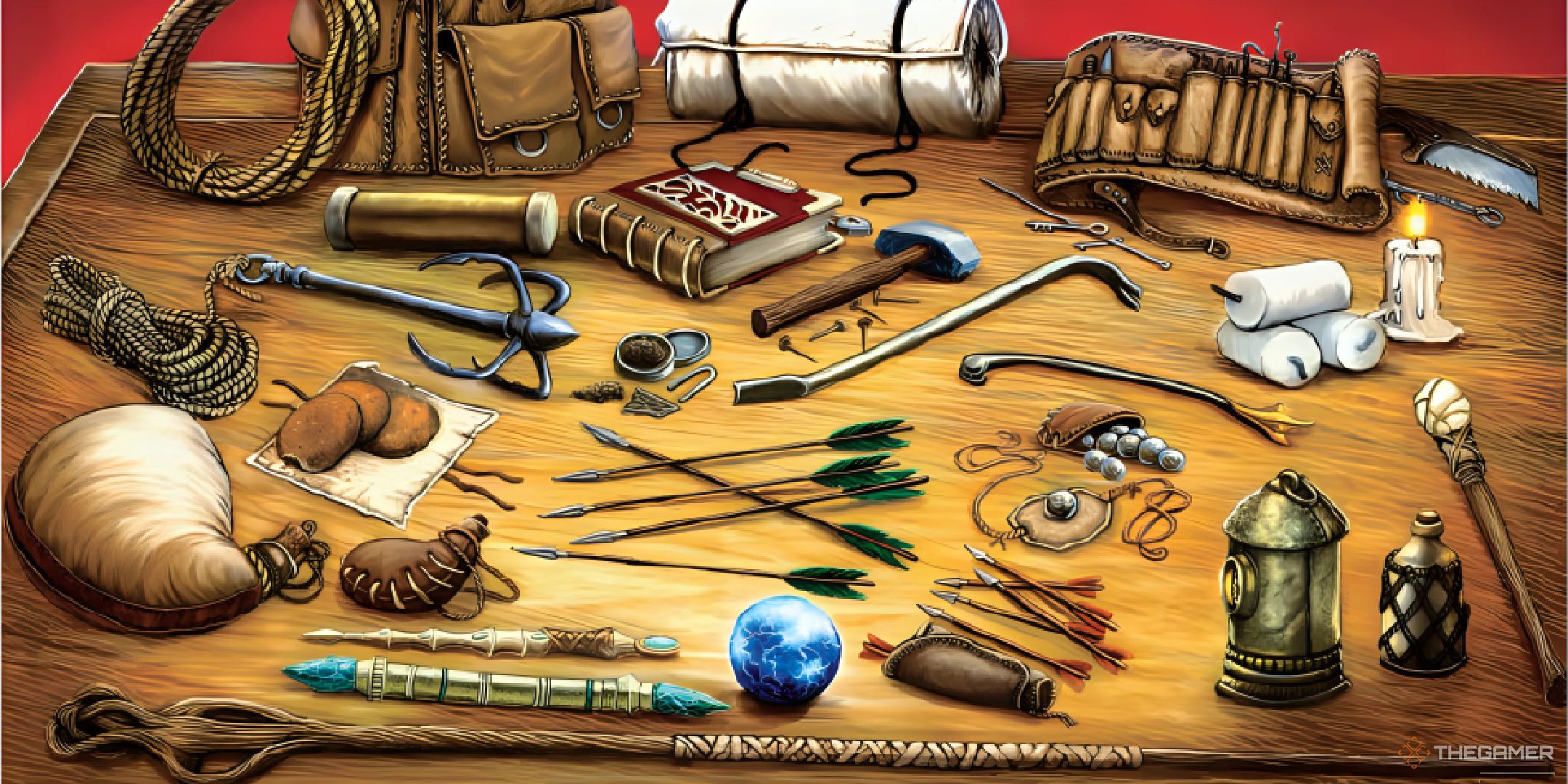
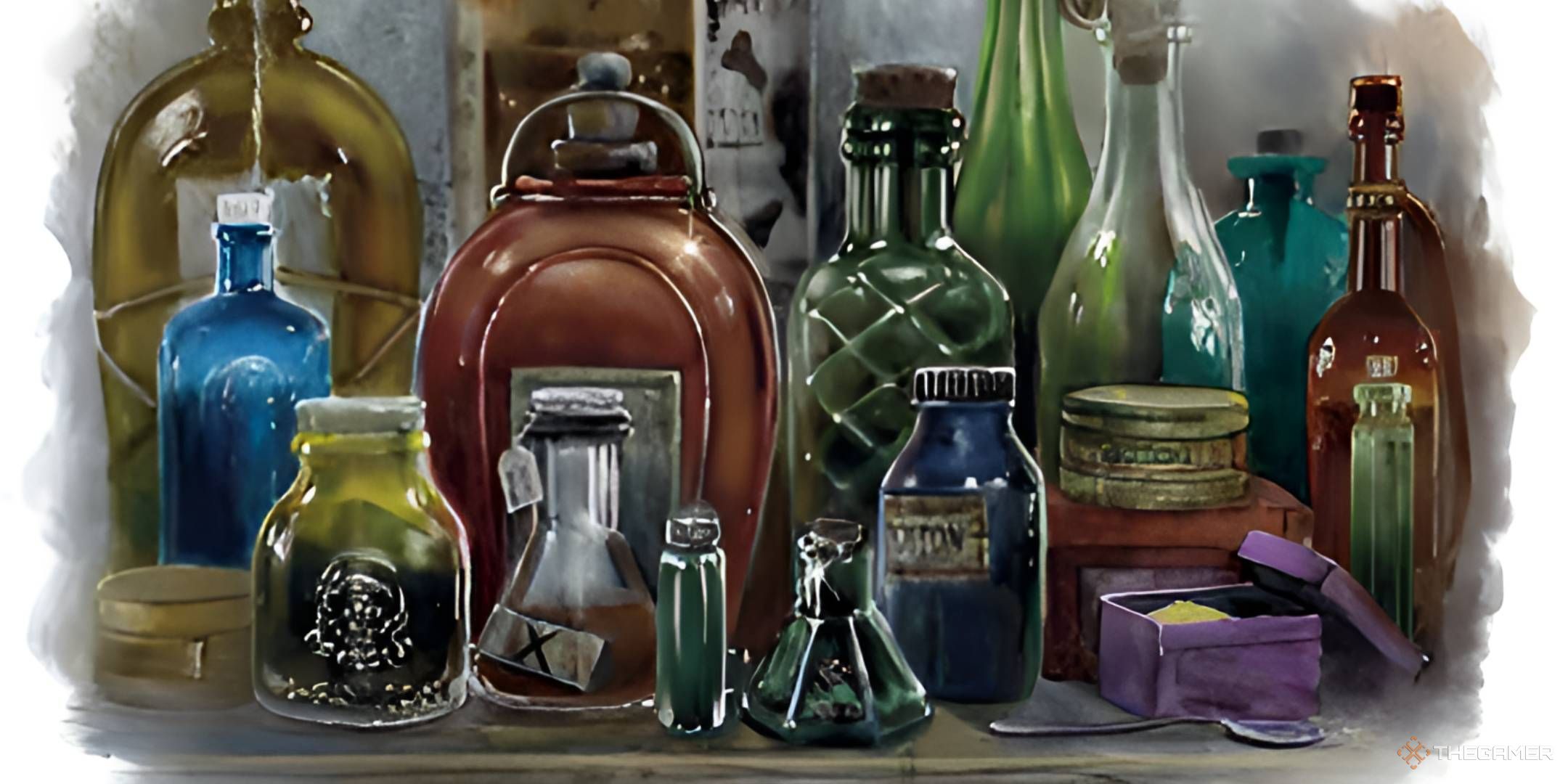

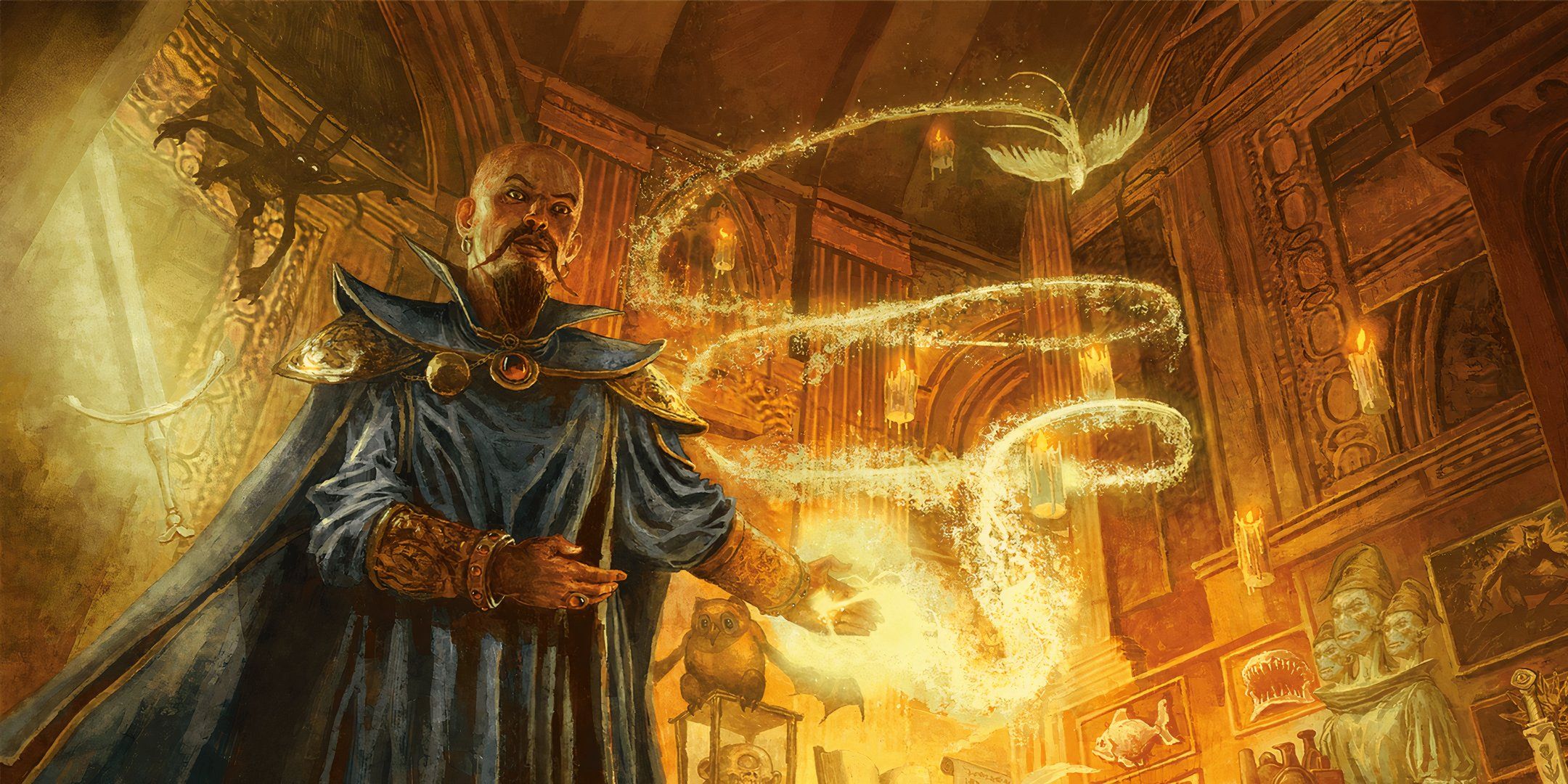
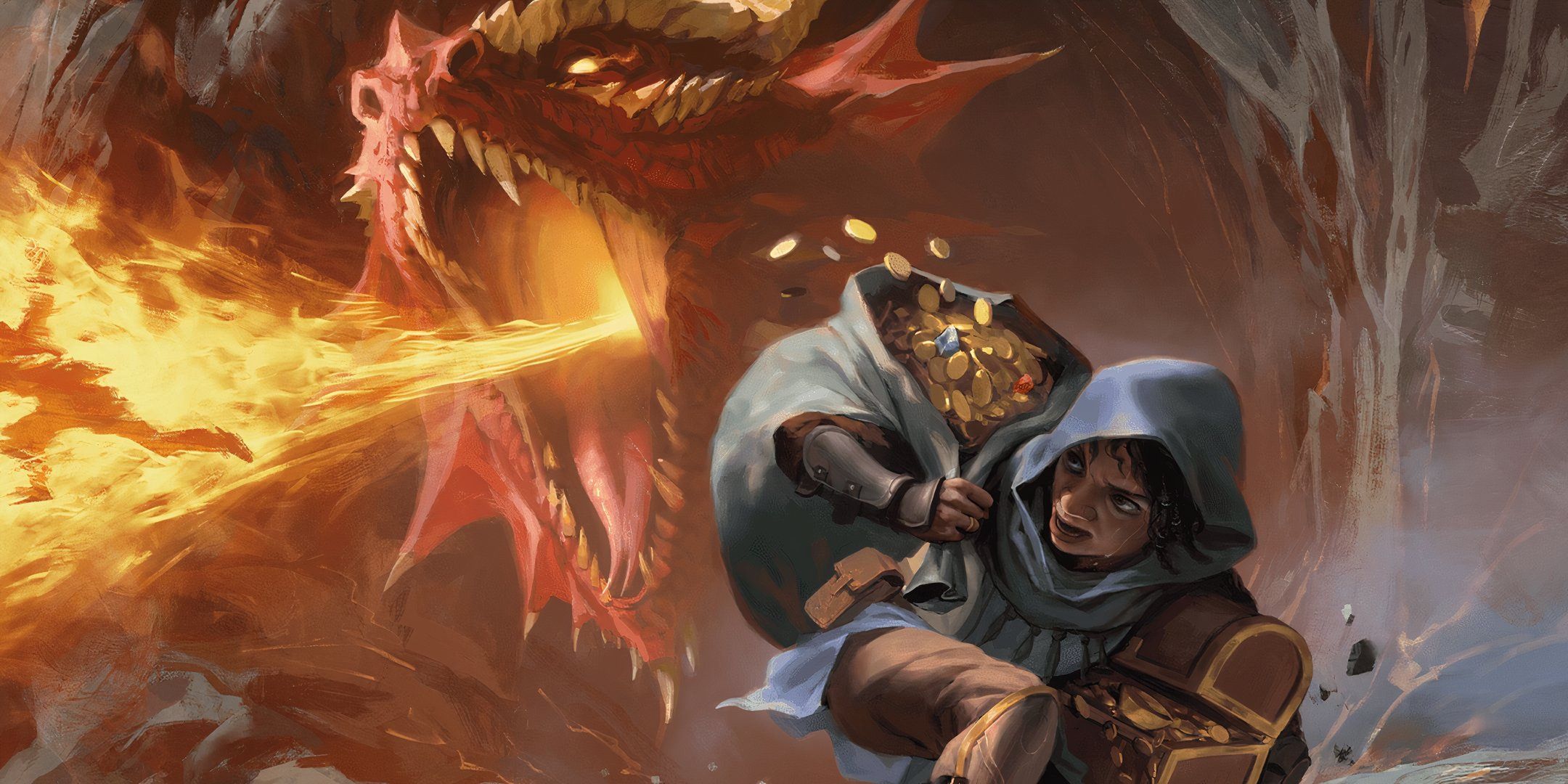
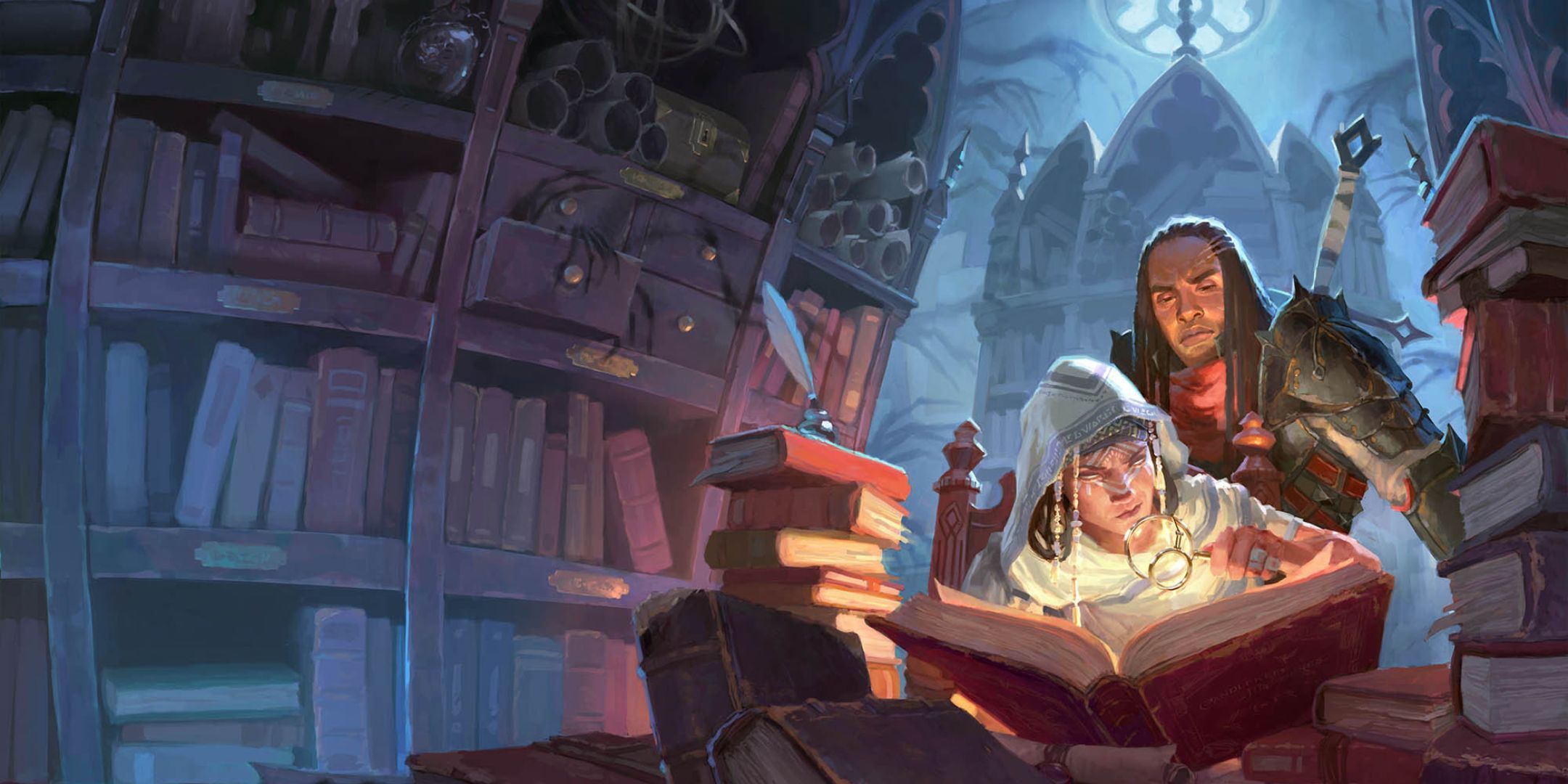

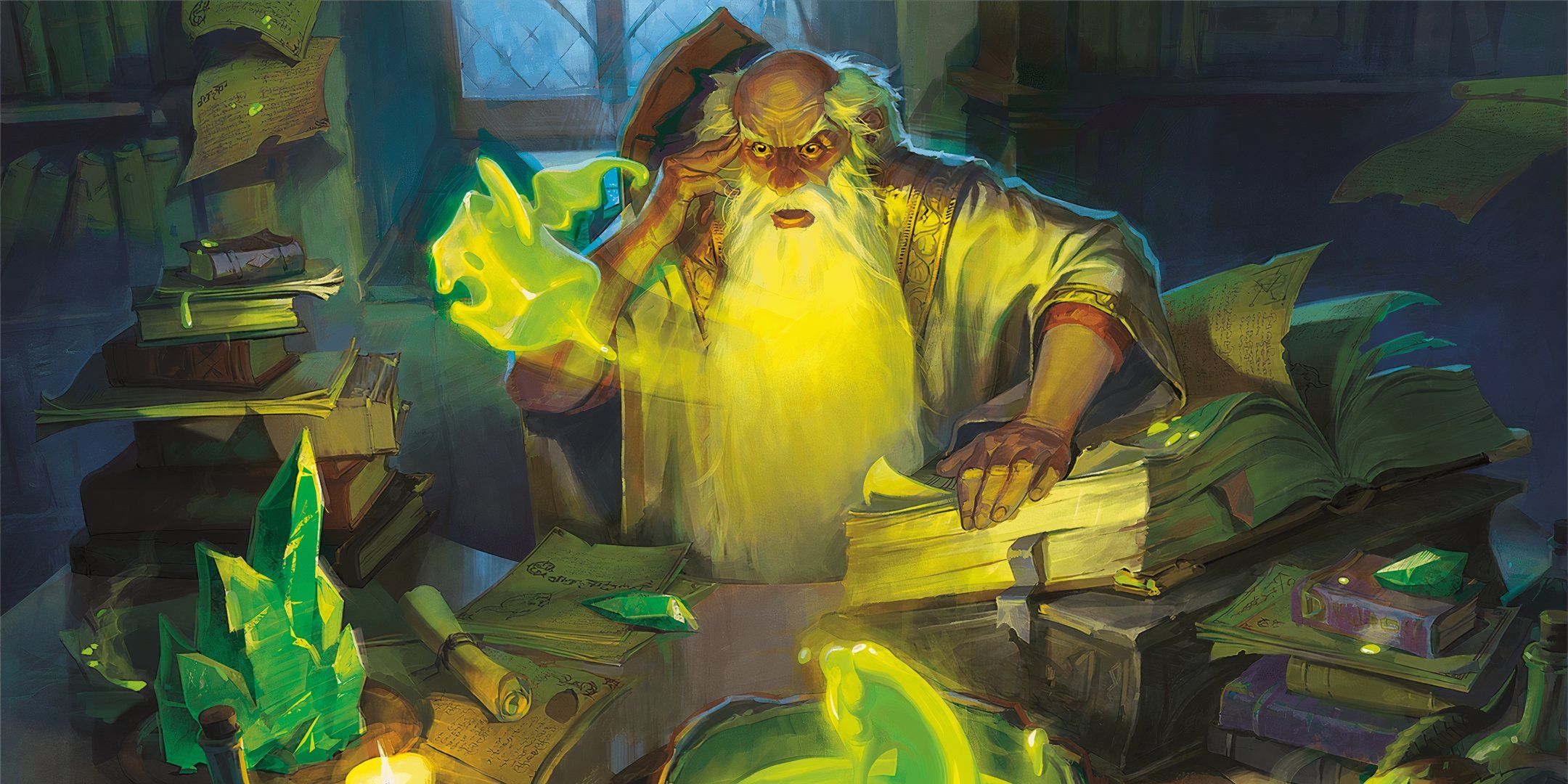







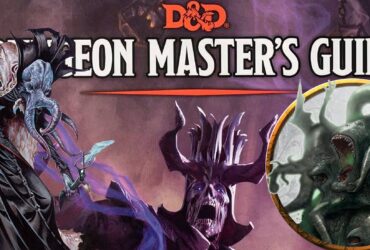


Leave a Reply